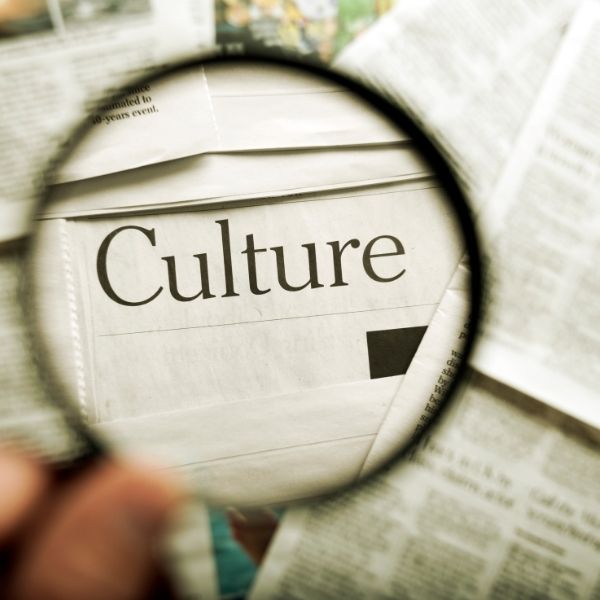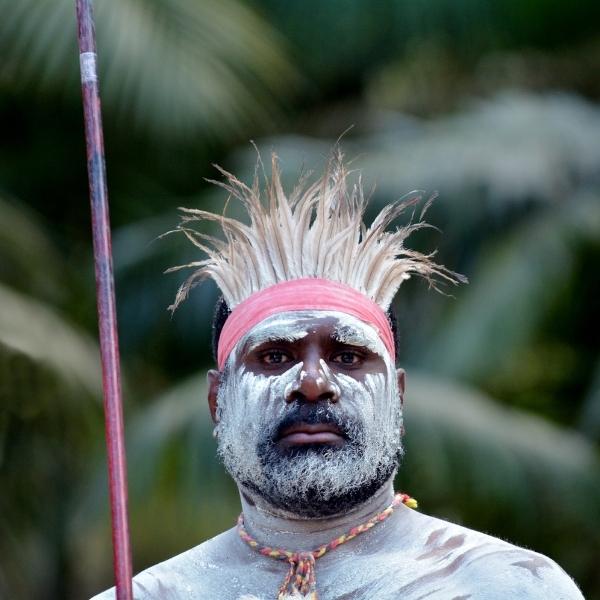What is all the hype about the “clean girl aesthetic” on Tik Tok? This “clean girl” look is about a minimalist makeup look, which is achieved by wearing a decent amount of make-up that is applied to look natural. Your skin is supposed to have a fresh, dewy look and your hair should be well controlled with not a hair out of place – slicked back, referred to as the Bella Hadid bun, which is just a slicked back bun – it’s not something new.
So, What’s the Cultural angle on the “Clean Girl” Look?
Tianna Randall writes, “While the idea of the clean girl has been around for decades, it has usually appeared on Black and Brown women — a heritage of slicked-back buns, gold hoops, and buttery skin have now been co-opted and reduced to a mere trend, now represented by white women.”
Nena Lezama writing for Hip Latina, says “The look has grown in popularity due to models and Gen Z trendsetters Gigi and Bella Hadid and Hailey Bieber garnering 350+ million views on the social media platform. But while their style may be the popular inspiration behind the viral videos, it is not the origin, it’s actually women of color who have been doing this look for decades.…The clean girl look, like street style, was stolen from the closet and styles of people of color who, when wearing it, were labeled “hood,” “ghetto,” or “thugs”.”
The Tik Tok trend has been accused of not being diverse, which led to a conversation about showing the clean girl aesthetic but “making it Black.” That’s ironic, given that it is not a new look for Black and Brown women. When I hear the look described, it makes me think of LL Cool J’s 1990’s hit, Around the Way Girl, where we saw a good amount of large gold hoops and slicked back ponytails. One author pointed out that Black women have been fighting to wear their natural hairstyles and used to be looked down upon for the big hoops and slicked back hair. Now, some people are upset that it has become a trend and that social media influencers are capitalizing on it.
Acknowledge Prior Trends But Style Trends are About Mixing
It’s fine to call this out and to insist on giving credit where credit is due. But this is the kind of cultural fashion evolution that cannot – and really should not – be controlled. Black and Brown people may be trendsetters when it comes to style, which is not a bad thing. It is very difficult to say who can and cannot popularize or wear a particular style.
Why is the focus on Bella Hadid and not Jennifer Lopez, for example? It might be the target audience, or the timing, for example. I don’t know who had the first pulled back bun and minimal make-up look. Come to think of it, this look might have been considered “school marm” before it was revitalized and upgraded to a fashionable look. But if the widespread trend was first created by women of color and it has now come back as a “mainstream” aesthetic, it is important to highlight and acknowledge the role of these women of color in creating a trend, but that’s as far as it needs to go in relation to the cultural angle. There may be other problems with calling a look “clean girl” but that’s a different conversation.






